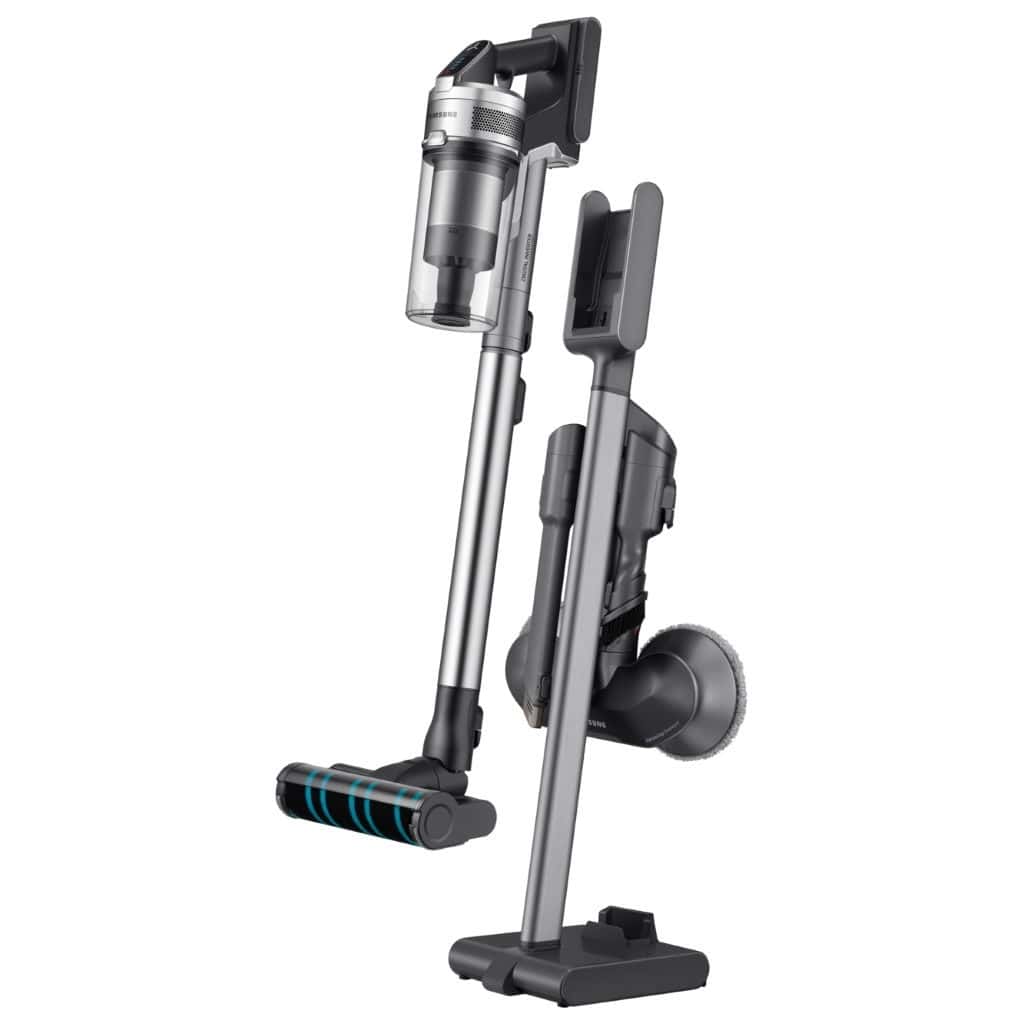They’ve become a way of life but for too many of us buying the right smartphone is a chore that’s beyond our skillset. PAT PILCHER deletes the technical jargon for our essential smartphone buyer’s guide.
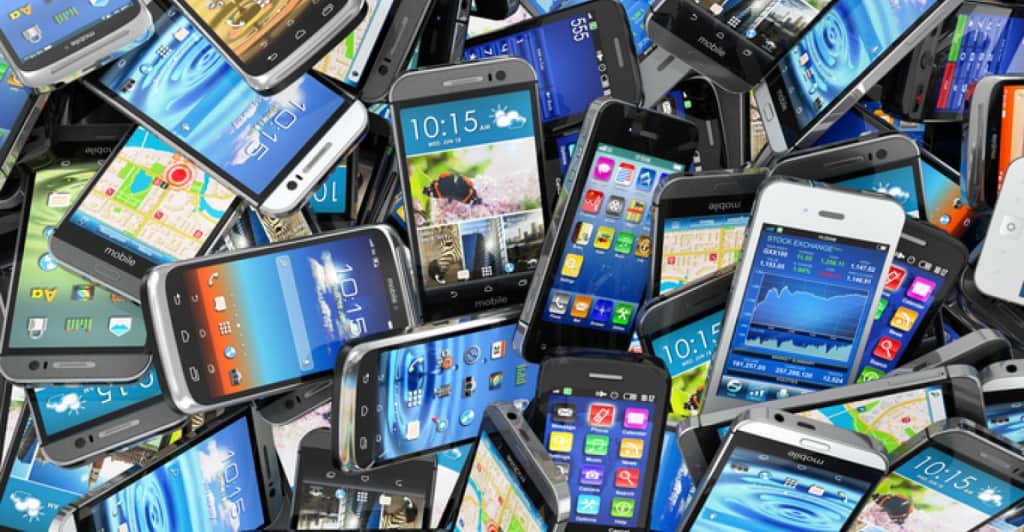
Buying a smartphone can be a daunting undertaking. Not only do you have to navigate through a minefield of arcane tech-specs, but you also must choose a smartphone operating system, a telco and mobile plan. Feeling your pain, we at Witchdoctor and the Team from Slingshot got together to bring you this Smartphone buyers guide. It is designed to help you narrow down your smartphone choices to find the deal that is best suited for your needs.
How Will You Use The Phone?
The first place to start when buying a new smartphone is to ask yourself what it is you want to get out of the device. Make a list of the top 5 things you’re looking to use a smartphone for. Hang onto this list as it is a starting point to help you compare smartphones and find out which are best suited to your requirements.
The uses for smartphones are many and varied; here are a few examples to help get you started:
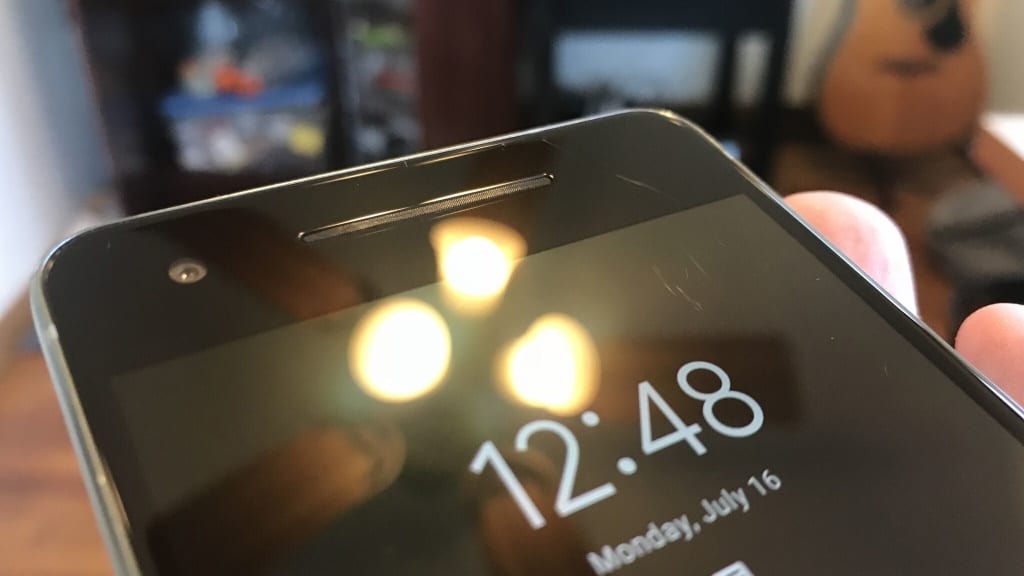
Gaming:
- Gamers are usually after a zero-compromise phone. This entails a large screen, big battery, and powerful CPU (Central Processing Unit) to handle demanding game titles.
Music:
- For those with extensive media collections, look for a lot of storage and decent audio capabilities.
Travel:
- Saving on roaming costs could see a dual-SIM phone with Wi-Fi calling ticking the right boxes.
Photography/Video:
- Look for an excellent camera for video and photos as well as plenty of storage
Affordable:
- Aim for a budget phone that still offers solid specs at a reasonable price.
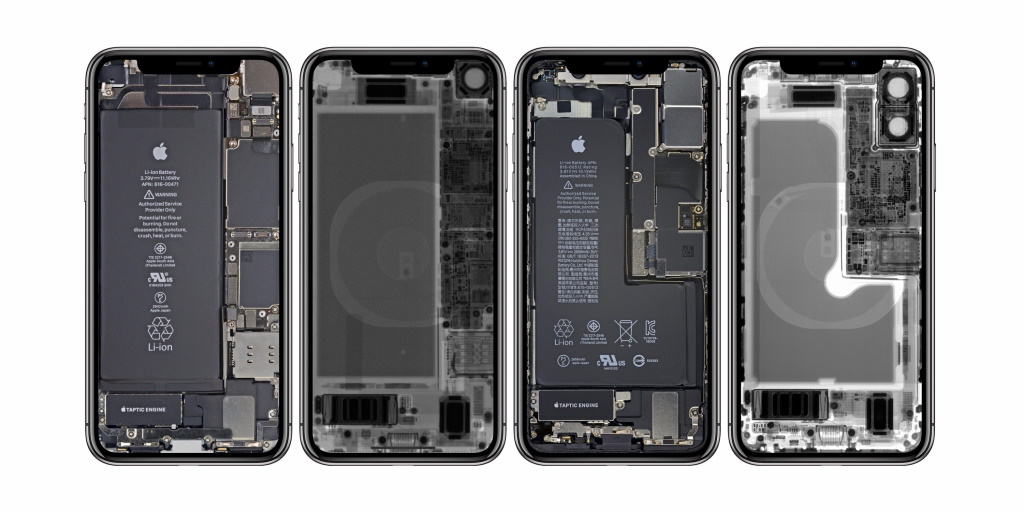
Robots Or Fruit?
Next, you’ll need to choose between Android or Apple.
Android Phones are a great choice if you’re not already using other Apple gear or are looking to get the most bang per buck value. Here are the pros and cons of Android.
Pros:
- Wide range of phones at every price point from affordable to premium
- Android Phones are less locked down and highly customisable
- Access to Google services and the Google Assistant.
Cons:
- Some brands are better than others
- Some compatibility issues can exist
- Security can be an issue compared to Apple
Because Apple makes its own hardware and software, the iPhone provides a more consistent experience over Android and is regarded as being more secure. If you already have Apple gear, then an iPhone is probably the right choice. You’ll also find an enormous selection of accessories for iPhones, something that can be limited with lesser-known Android devices.
Pros:
- A massive ecosystem of apps and accessories
- Consistent user interface
- Solid compatibility
- Premium user experience
Cons:
- Apps and accessories often cost more
- iPhones are more locked down and offer limited customisability compared to Android
- Where Android has a more open ecosystem (e.g. they will often work with a broader range of third-party smart home gear), you are locked into Apple’s ecosystem with an iPhone
- iPhones typically command a price premium, and your choices are limited to the handful of models made by Apple
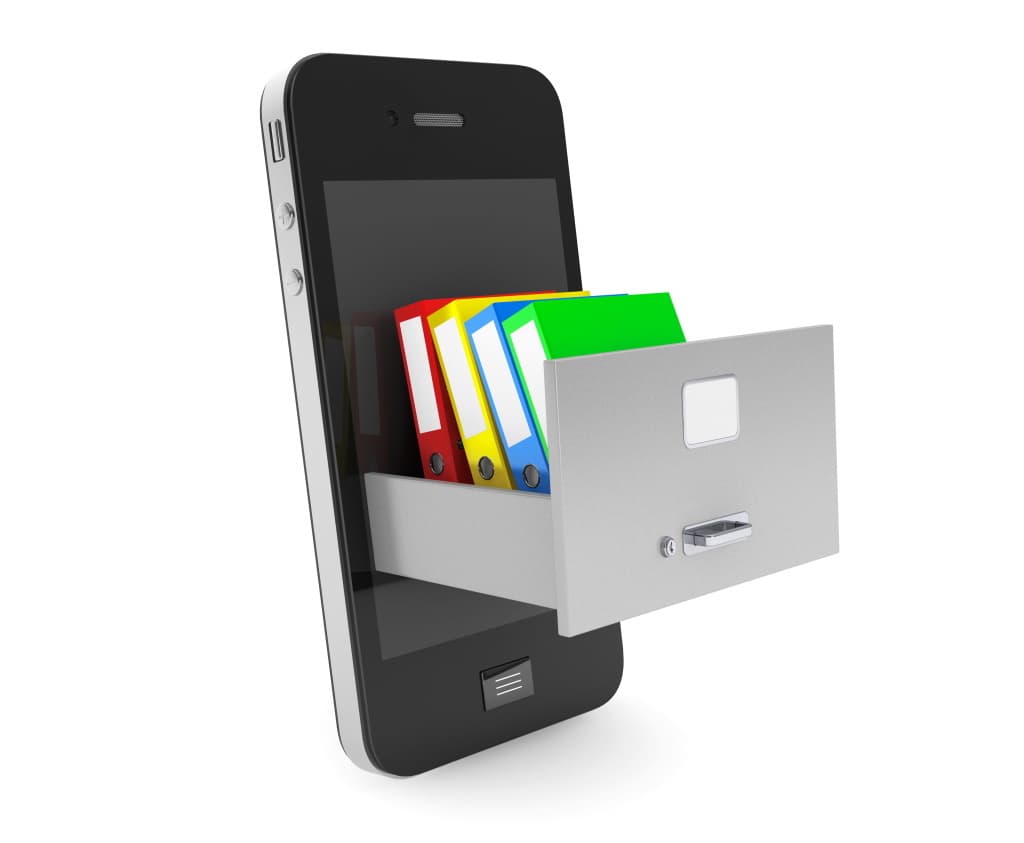
Specs
If by now, you’ve decided what sort of use it’ll be put to and made a choice between Apple or Android, here are the key specifications to look out for when shopping for a smartphone
Design
- One of the first considerations is the look and feel of the phone. Given that you will be carrying it and looking at it for a long time after you’ve bought it, design matters. Here are 6 design questions to ask yourself when considering any smartphone
- How does it feel in your hand – and in your pocket? Is it comfy?
- How heavy is it?
- Does its rear camera bump make typing a pain, and how is it when the phone is lying on a flat surface?
- Are you okay with a glass front and back? Glass can make the phone slippery to hold and a fingerprint magnet.
- Is the fingerprint sensor in a position that works for you?
- Do you like the way it looks?
Screen
- You’ll spend hours gazing at it, so making sure it is a good ‘un is a no-brainer. Here are the key specs that matter most for a phone’s screen
- Resolution:
- Aim for full HD (1920 x 1080 pixels), or better, especially if photography or streaming media is a priority
- Display Technology:
- OLED screens have better contrast, with deeper blacks than LCD screens, they’re also more battery-friendly. LCD screens, however, are more affordable
- HDR:
- This is an acronym for high dynamic range. It is a display technology that teases more detail out of on-screen images. If streaming video is a priority, this is a key spec.
- Brightness levels:
- These are measured in NITs, which are a measure of how much light the screen can crank out. More NITs means better daylight readability.
- Refresh rates:
- This is the frequency or rate that the screen redraws itself, measured in Hertz or Hz. Refresh rates over 90hz will give you smoother scrolling with everything appearing to flicker less. That said, if gaming isn’t a priority, refresh rates probably don’t matter. High refresh rates can also impact on battery life.
- Resolution:

Performance
- Not only does performance impact on the usability of the phone, but it also figures in a smartphone’s price. A phone’s performance is largely determined by two factors.
- CPU:
- With any CPU (the brains that do much of the work inside a smartphone), a good rule of thumb is that newer is better. The two things to look for with a smartphone CPU is speed and power efficiency.
- Quad or more cores generally equal more processing power.
- If you are shopping for an iPhone, the choice is simple as there is only one choice.
- For Android, look for a Qualcomm Snapdragon (at the time of writing the 865 is the latest and best performer).
- RAM:
- The amount of RAM needed in a smartphone will vary depending on its intended use. Look for at least 4GB. More RAM usually equates to better multitasking and smoother running with demanding smartphone apps.
- iPhones don’t require as much RAM as Android phones.
- Storage:
- Not to be confused with RAM, storage is non-erasable memory where music, photos/video and apps stay, even when you turn the phone’s power off.
- Storage is a crucial specification if your phone is going to be used for music. Either way aim for as much storage as your budget will allow for (64GB is probably the recommended minimum for music).
- Look for a memory card slot if you’ve opted for Android. It’ll allow you to upgrade available storage and add capacity.
- CPU:

Cameras
- Smartphone cameras have improved so much that dedicated point-and-shoot cameras are becoming obsolete. Camera specifications can be boggling, but there are a few key camera specs to look for
- Megapixels:
- Phone Camera performance isn’t just about the megapixel count, there’s a host of other specs that impact on photo quality. More megapixels do however mean the image sensor can (in theory) capture more detail.
- Zoom:
- New technologies have seen phone makers touting some big numbers for their phone cameras’ zoom capabilities. The reality is that there are usually two types of zoom used in most phone cameras.
- Optical: This typically involves lenses being used to pull in more image detail. Some recent flagship phones have come with periscopic zoom that can dramatically increase zoom capabilities. Optical zoom is the spec that matters most when looking at a phone camera’s zoom capabilities.
- Digital: This method involves enlarging image pixels and applying digital image processing to pull more detail out of an existing image. Digital zoom usually comes at the cost of image quality.
- Optics:
- The lenses used on a phone camera plays a massive role in the quality of any images captured. Some phone makers have embraced this and partnered with camera optics manufacturers (e.g. Huawei and Leica).
- Camera Modes Camera Apps
- Equally crucial is the camera app. Some camera apps are more intuitive than others. Our advice is to read reviews and have a play with the camera app on the phone before you buy. Look at what shooting modes are available, remembering that not all the modes will be useful. Also, how easy is the camera app to use?
- Night shooting/Low Light Performance:
- Does the phone have a night shooting mode? This can use a combination of artificial intelligence and re-engineered image sensors to capture more light and reduce image noise and other issues that plague low-light photography. Not all night modes are created equal.
- New technologies have seen phone makers touting some big numbers for their phone cameras’ zoom capabilities. The reality is that there are usually two types of zoom used in most phone cameras.
- Megapixels:

Battery/Charging
- How long a phone will run from fully charged to flat is an underrated but essential spec. When it comes to a phone’s battery, these are the specs to look for
- Battery capacity:
- The critical specification with batteries is the mAh (milliamp hours) rating. This gives you the best indication of battery life. That said, big screens with high refresh rates and demanding apps all can have an impact on battery life, so your mileage can vary. Most good phone reviews will give you a steer on battery life and are worth checking.
- Charging:
- How quickly a phone can charge is a feature that is missed by many, but one that can transform how you use your phone. Fast charging is becoming more commonplace with high-end phones. With fast charging, you can quickly top up the charge in your phone with 20 minutes charging often delivering several hours of use.
- The other key charging spec to look for is wireless charging support. You will probably need to factor the cost of a wireless charger into your budget. Still, the sheer convenience of being able to plunk your phone onto a charging mat makes it a good investment.
- Battery capacity:
Durability
- With flagship smartphones typically costing over the $2000 mark, protecting your investment makes a tonne of good sense. Here’s how
- Cases:
- Most smartphones don’t bounce when dropped on hard surfaces. Because of this, buying a protective case could save you costly repair bills. Look for cases that absorb impact as this might protect your phone from damage. The range and styles of cases available is vast. Some provide military-spec protection.
- Screen protectors:
- Broken glass screens are both incredibly frustrating and expensive to fix. The good news is that they can be avoided simply by using a case and screen protector. A screen protector will also save your phone’s screen from scratches caused by coins and keys in your pocket. Most mobile dealers will apply a screen protector for you at the point of purchase.
- Water-resistance:
- This is typically listed as an IP rating. Look for IP67 or IP68 which means a phone can be briefly submerged in water up to a specified depth without damage.
- Cases:

Telco
- The number of mobile providers has increased in recent years. Not only are telecommunications providers offering mobile phone services, but ISPs and even some power companies are too. Here’s what to look for when choosing a telco
- Coverage:
- Is a crucial factor when choosing a telco. Check with others in your suburb/workplace to see who they use, and what sort of value they get.
- Many telcos including Spark (https://www.spark.co.nz/shop/mobile/network/), 2Degrees (https://www.2degreesmobile.co.nz/coverage/), and Vodafone (https://www.vodafone.co.nz/network/coverage/) offer coverage maps. This means you should (in theory) be able to locate home/work addresses to see what sort of mobile coverage is available.
- Bundles/Extras:
- Aside from mobile coverage, look to see what bundles are available. If you have a landline and broadband from the same telco, you may be able to get a discount on your mobile plan. Some telcos offer access to streaming services, others provide discounted/free calling between nominated family members.
- Coverage:

Mobile plans
- Now you’ve narrowed your choice of telcos, the next step becomes one of choosing a mobile plan. Here’s what to look for
- Minutes, Gigs and Texts:
- This is where it is worth going back to your list of what you want to use your phone for and considering what you’ll need from a mobile plan. If you use Wi-Fi at home and in the office, you probably won’t need a lot of bundled mobile data (gigabytes). If you are rarely within Wi-Fi coverage, a generous monthly data allowance might be just the thing. If you are a heavy text user look for unlimited text. Likewise, if you tend to talk, voice minutes will be a priority. Check out sites such as Glimp which will allow you to compare mobile plans. Or head straight to Slingshot and check out their awesome bundled deals.
- Monthly/Prepaid and Fine-Print:
- An essential rule of thumb is this – prepaid plans (e.g. you pay upfront) often cost more for data, texts, and voice, but they don’t lock you into a contractual term. Pay Monthly plans are usually more affordable, but will tie you to a contract. This can incur early termination fees if you end or change your plan before its term is reached. Check with your telco on what options there are for changing plans before committing.
- Options/Add-Ons:
- Also, look to see what add-ons exist. These can allow you to nominate specific numbers for discounted calling, roaming packs, carryover minutes, extra mobile data and so on.
- Minutes, Gigs and Texts:
Witchdoctor’s Buyer’s Guides are brought to you by Slingshot








